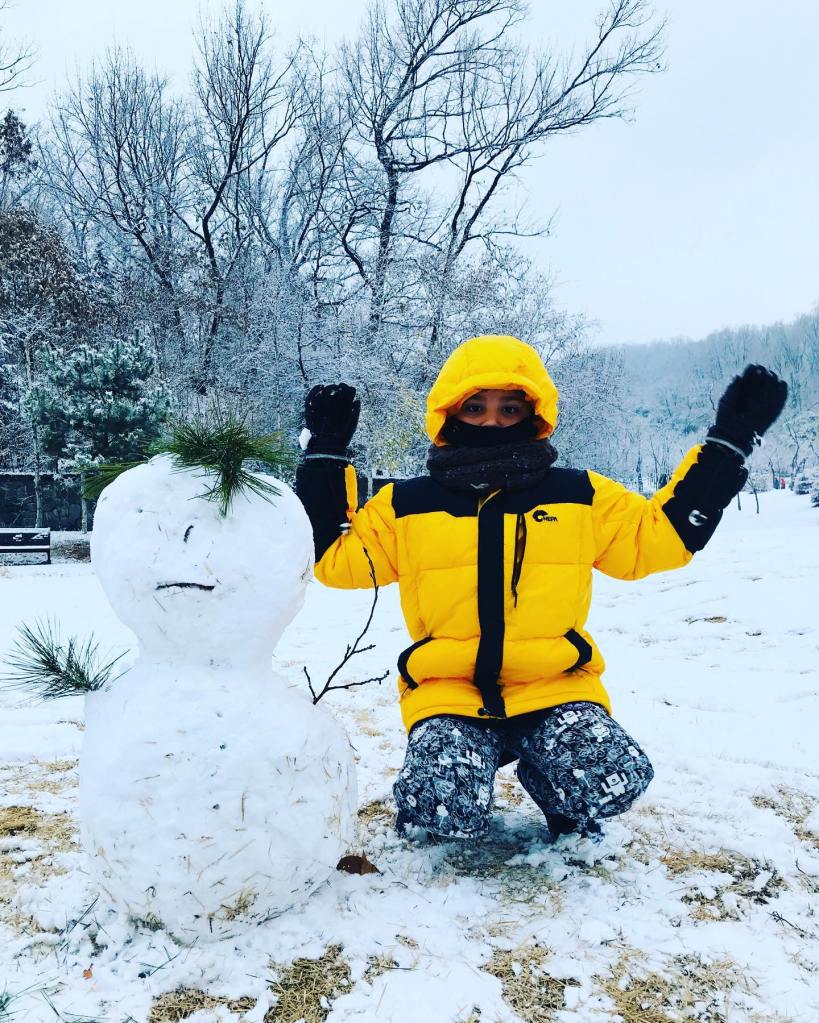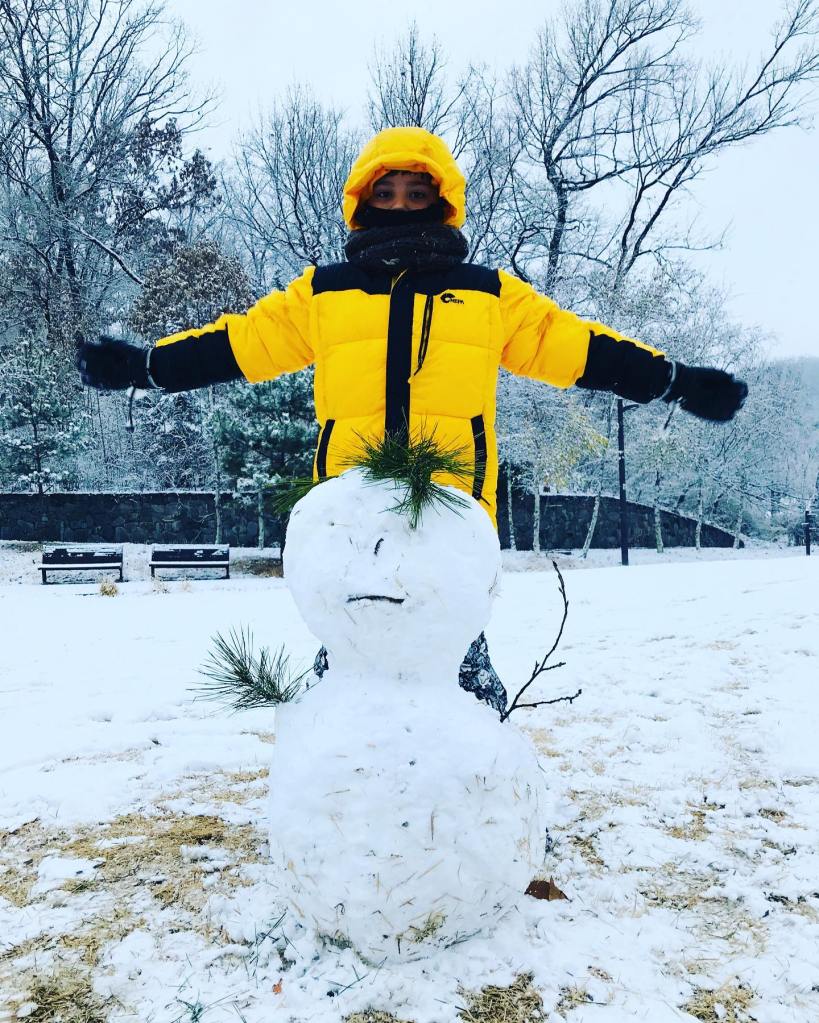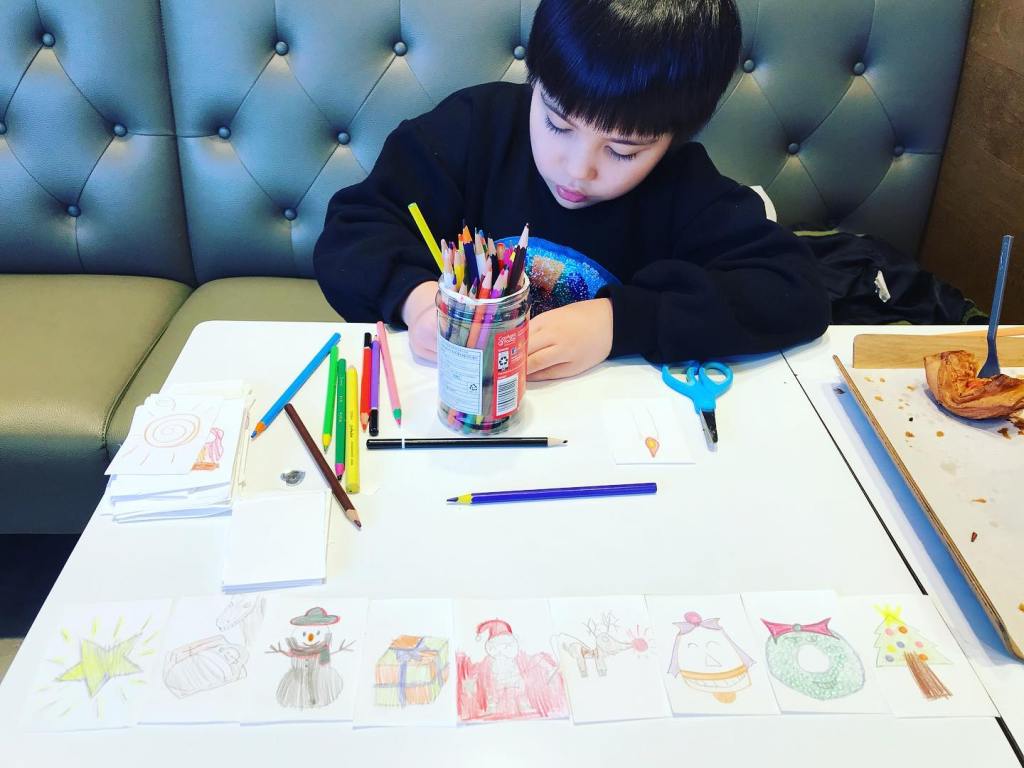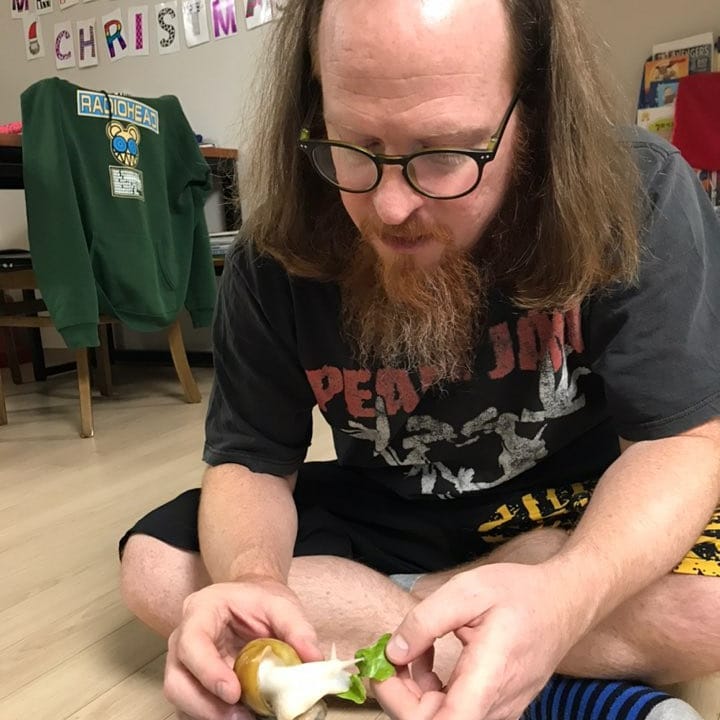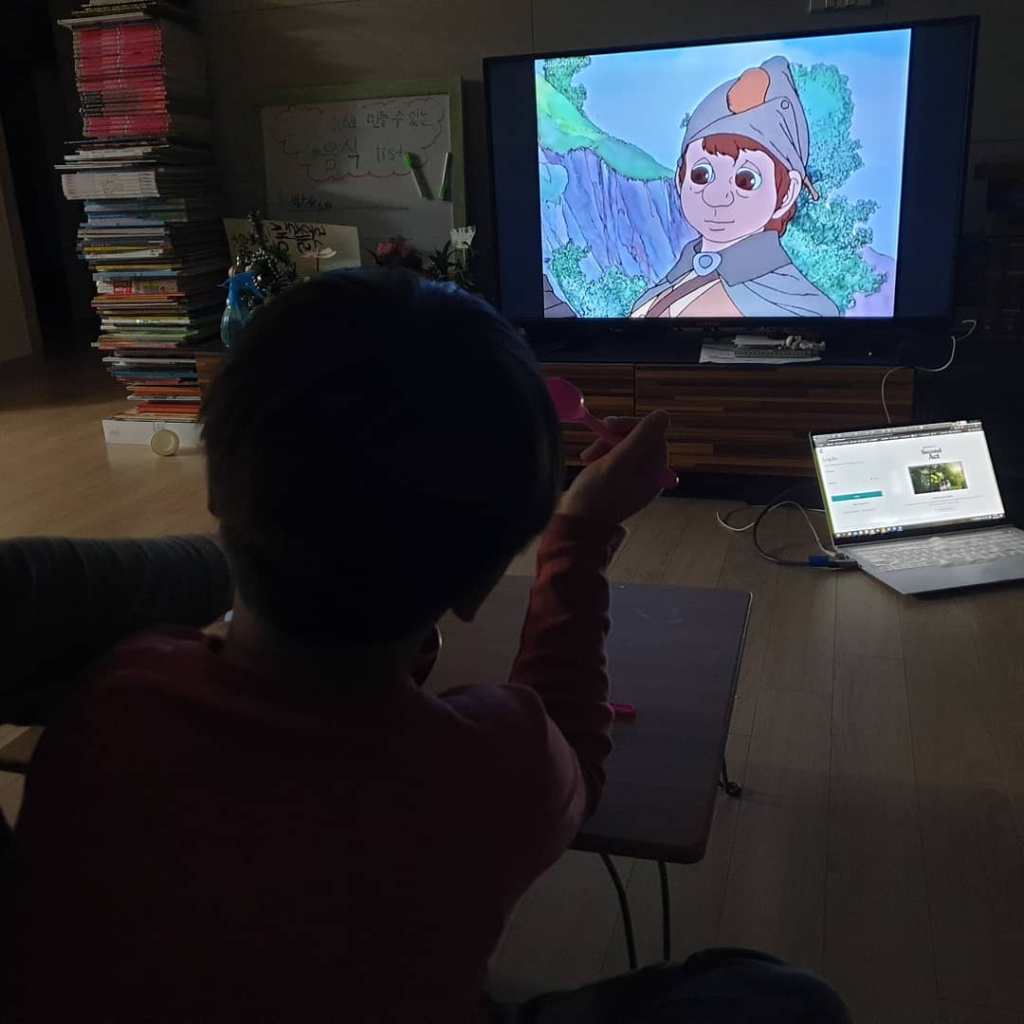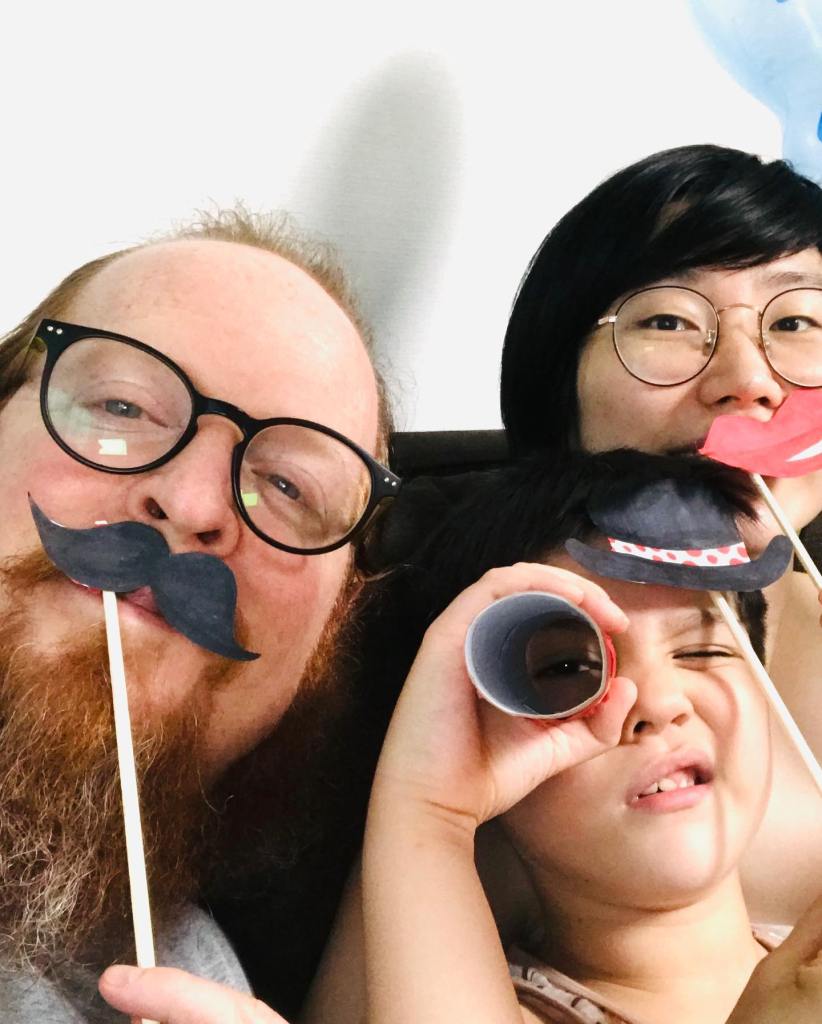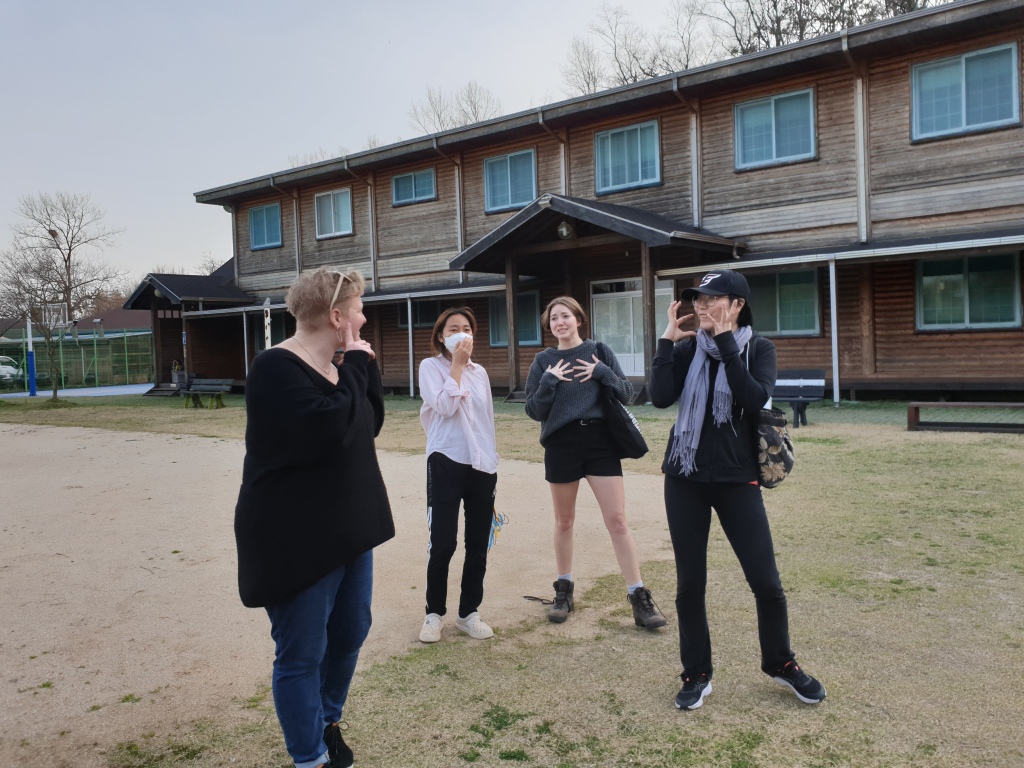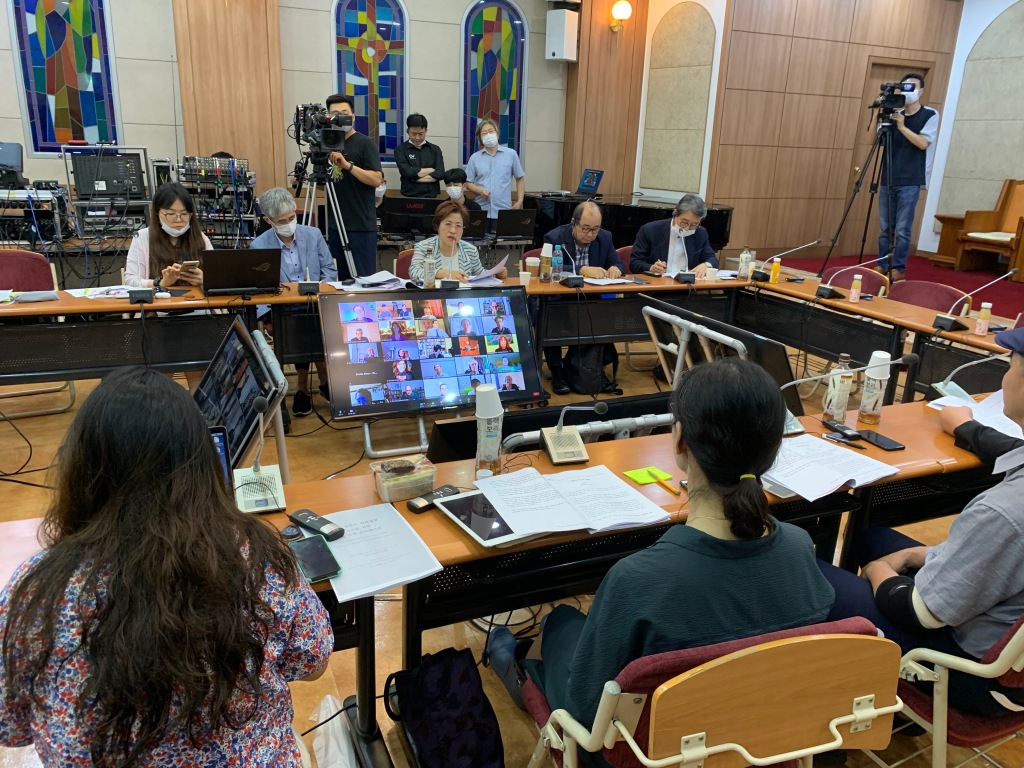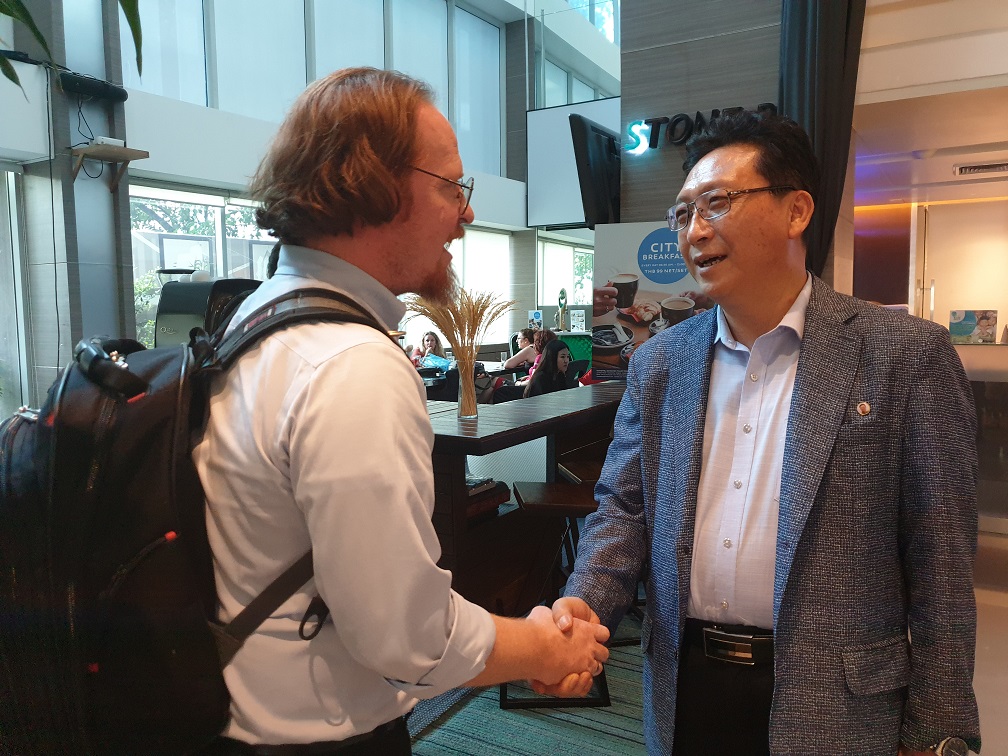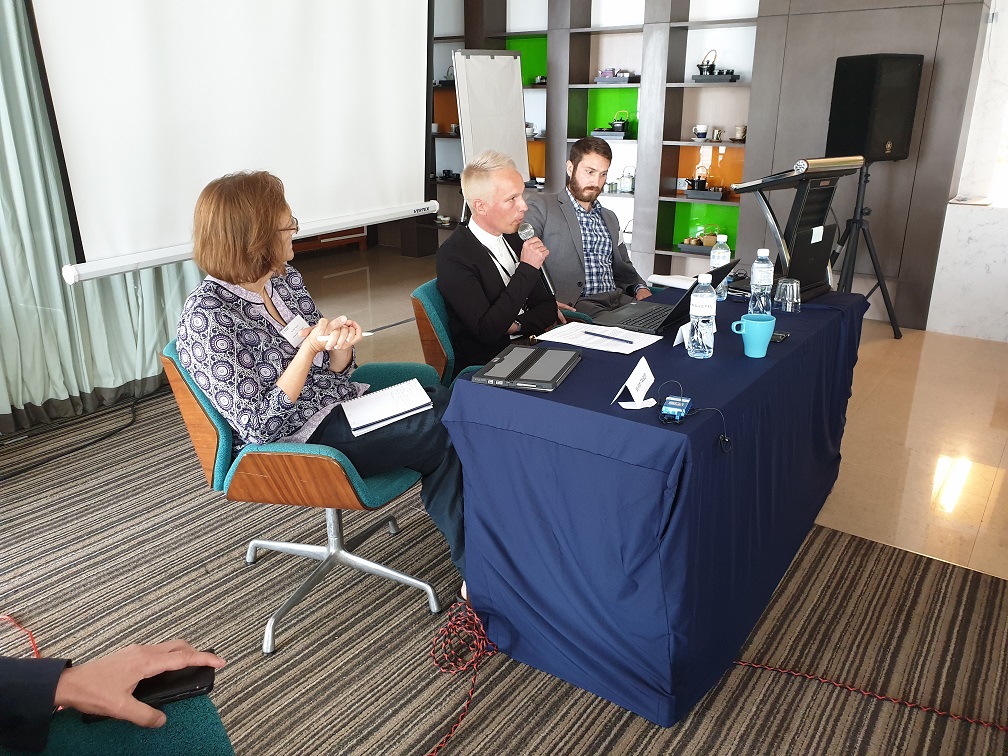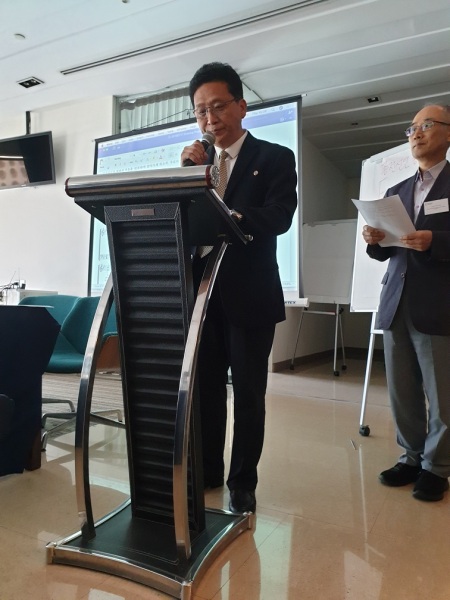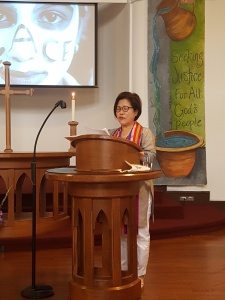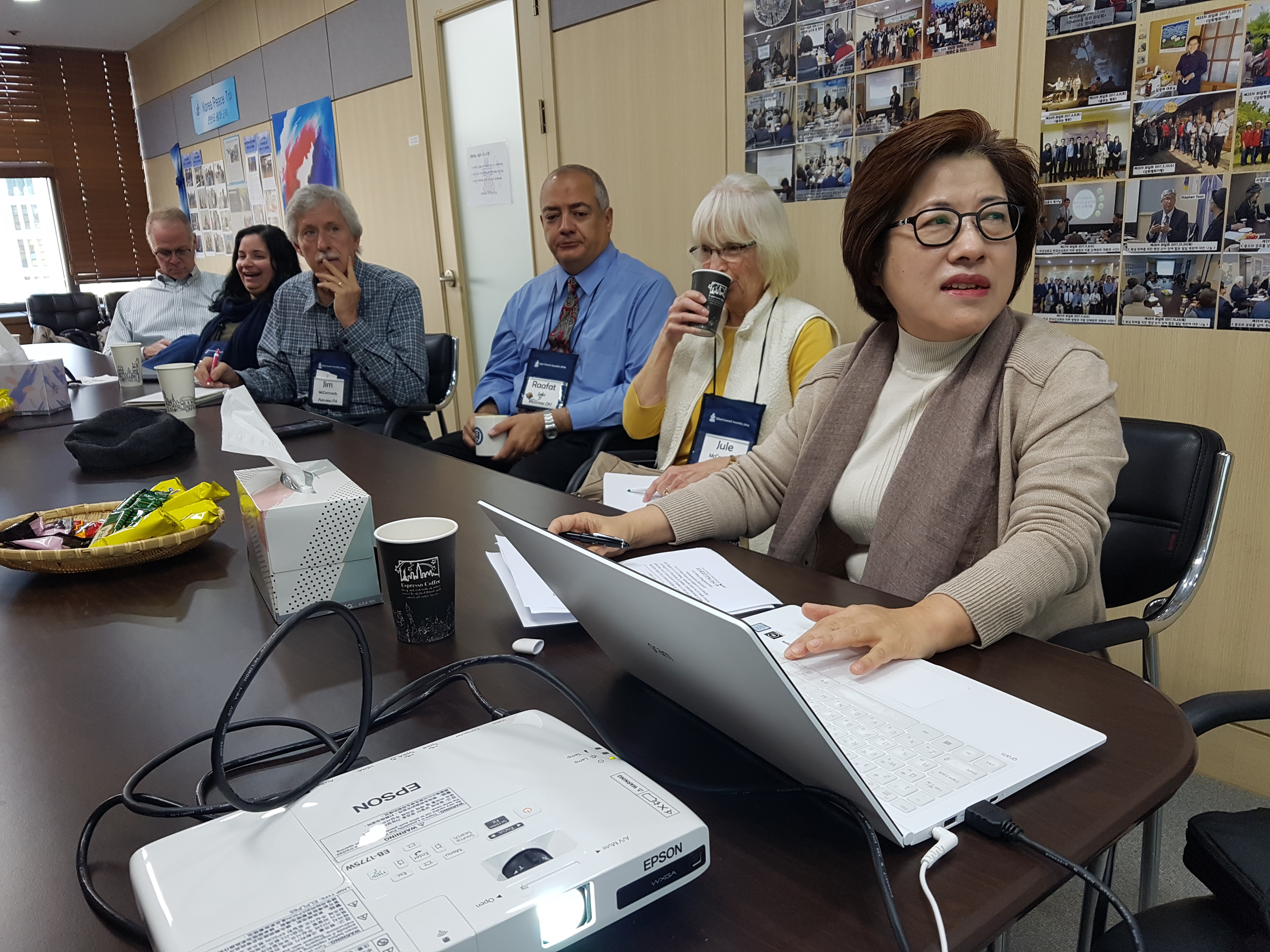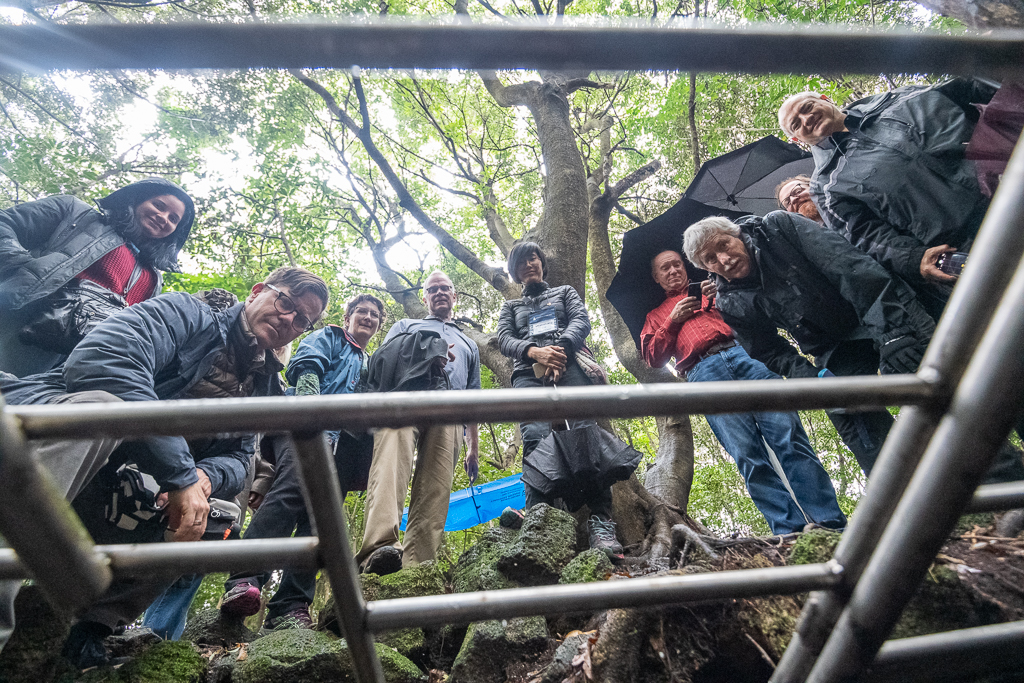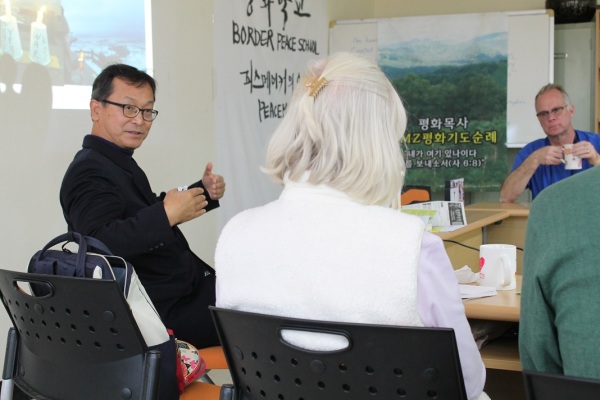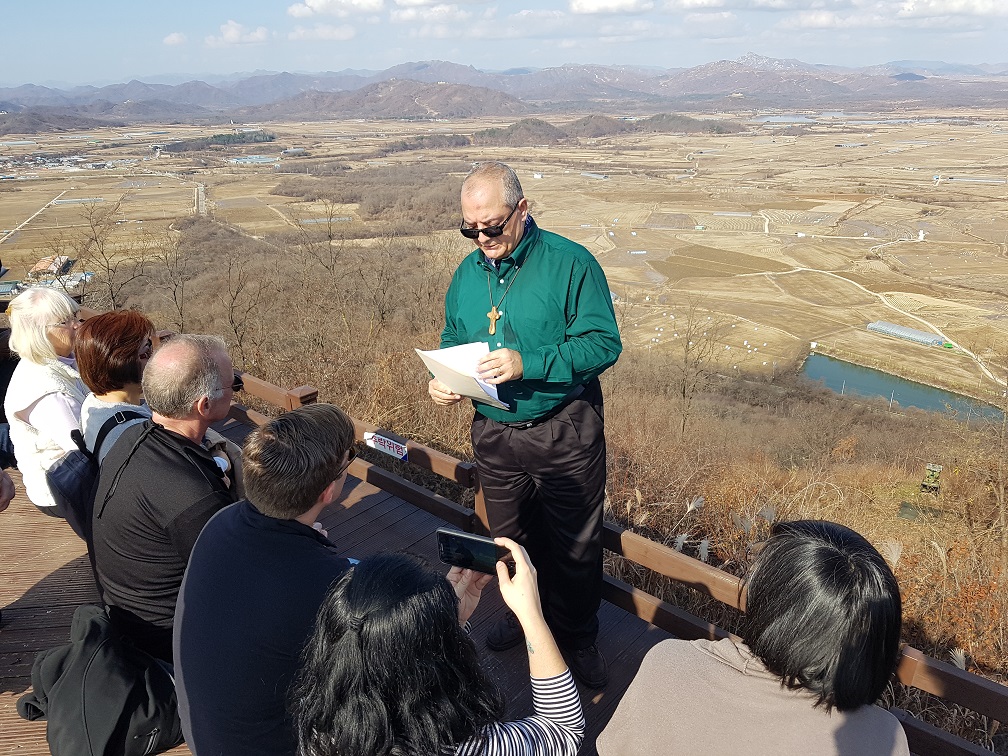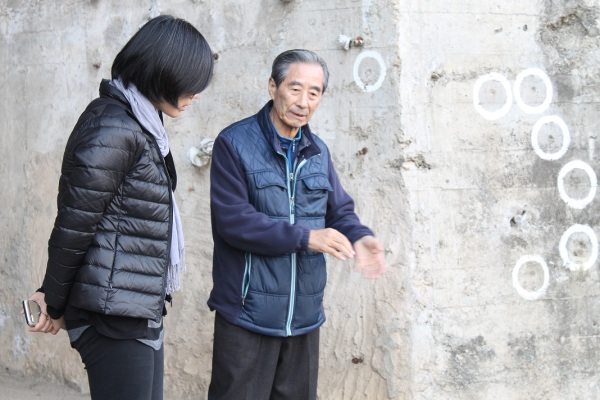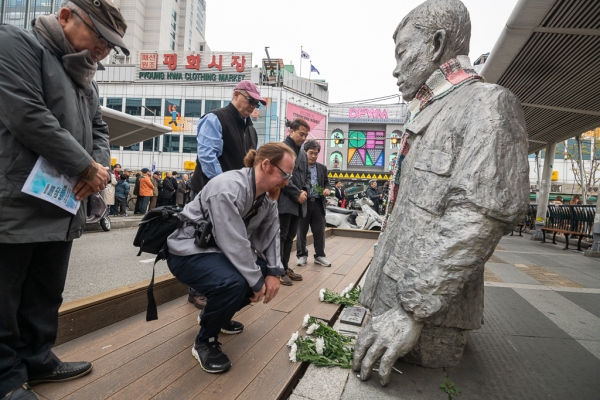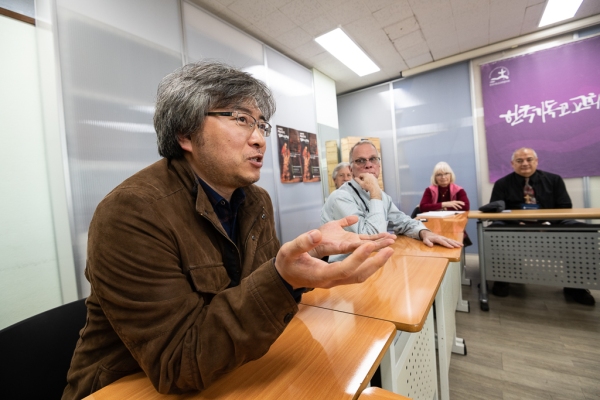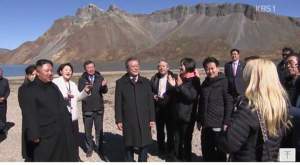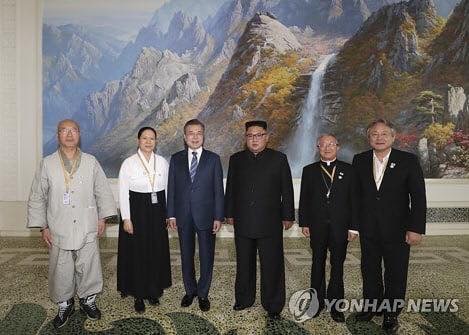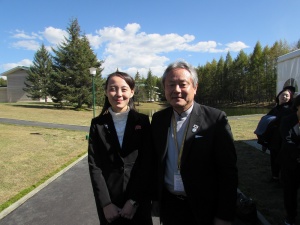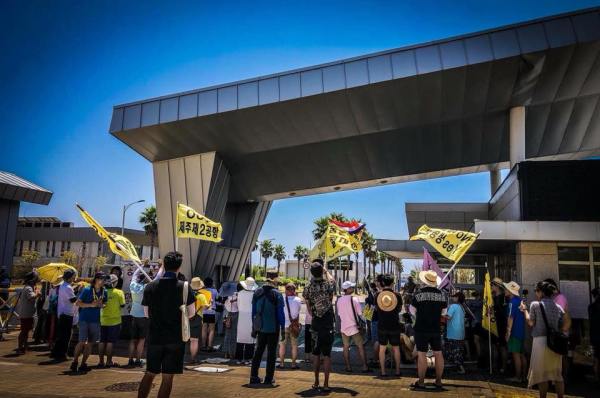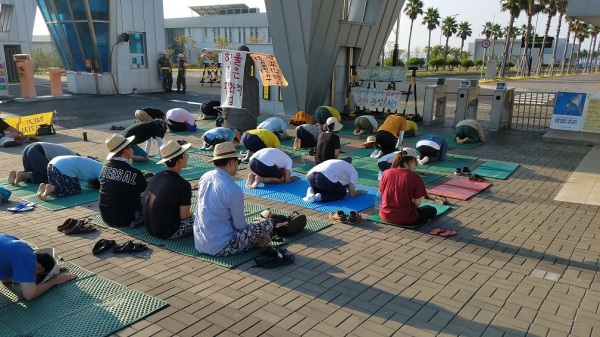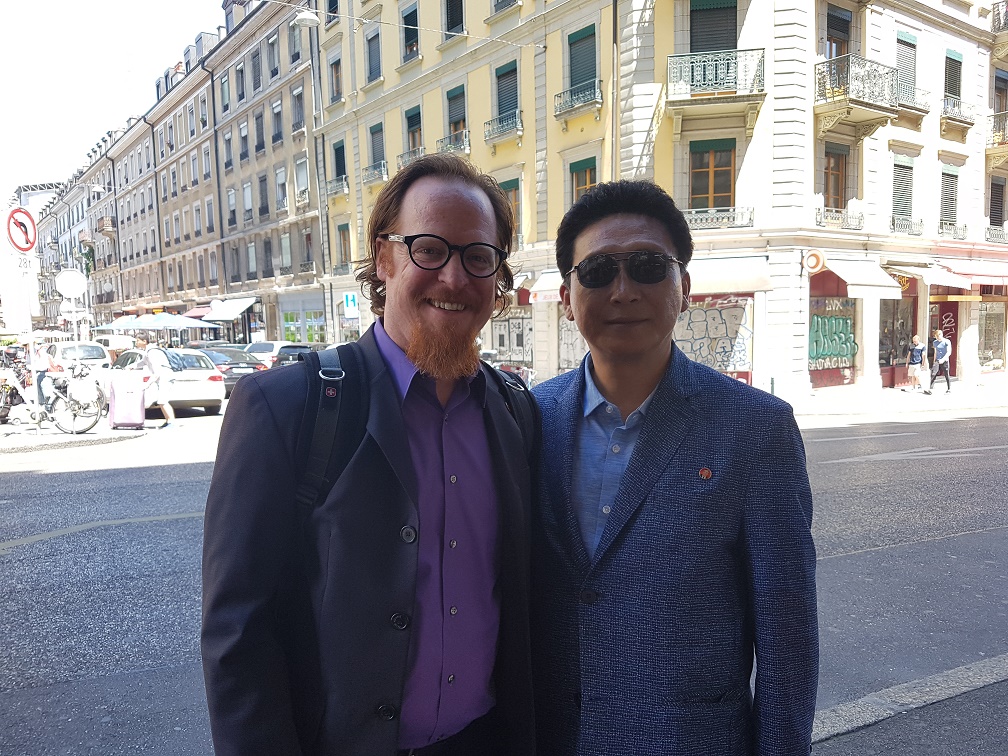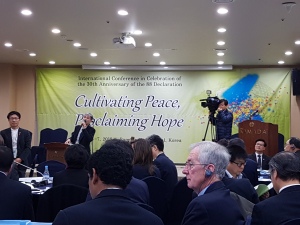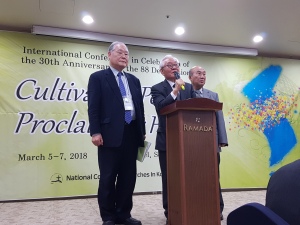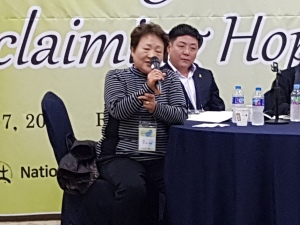As I sit to write this update for the Advent season from Korea, we hear news that based on last week’s increase of new infections, the South Korean government has set social distancing to level 2.5 (up from 1.5 when the first draft of this letter was written). This official designation applies to all places where many people might gather. For example, schools are required to run at no more than one third capacity, restaurants can only fill every other seat, and churches can only with less than 10 persons, among other new limitations. The return to a 2.5 level of social distancing came when last week’s average of new daily local infections reached about neared 1,000 (a point that has been surpassed several days this week). The Korea Center for Disease Control set this measurement around the beginning of the outbreak. Now and again as a particular community has flouted regulations or a surprise super-spreader event has occurred the government has raised the level as high as 2 and then brought it back down once new infections and hospitalizations tapered to a more manageable level. This time, however, there is concern and growing acknowledgement that the change in weather is leading to such an increase in the infection rate which the usual universal mask usage and social distancing cannot control. We may enter into a total shutdown of society if this rate continues. This persists alongside a state of war overshadowing the Korean Peninsula.
Preparing ourselves for the Advent season feels like an appropriate time to consider what it might be like to wait for this coronavirus pandemic to subside and for life to return to some kind of normal. I wonder how much our anxiety and the fear of the spread of the virus relates to the anxiety Mary and Joseph might have felt when told to escape as refugees and seek life in exile. Such was the need to avoid King Herod’s wrath lest it come for them and take their life. “…An angel of the Lord appeared to Joseph in a dream and said, ‘Get up, take the child and his mother, and flee to Egypt, and remain there until I tell you; for Herod is about to search for the child, to destroy him.’” (Matthew 2:13) We cannot travel back to the US to report to supporters and churches sharing stories and answering questions about the transformative ministry happening in Korea because we are in an exile. We cannot host Young Adult Volunteers in Korea this year because we are in exile. We cannot join ecumenical conferences with partners from North Korea and around the world because we are in exile. We hunker down and we wait until a safer time when hope can spread its wings again. Until then we wait in safety and cultivate that hope together as best we can.
We are grateful that the government of Korea also recognizes the need for the whole community to go into exile together until it becomes safer again. We also recognize that neither going into exile nor our social distancing will completely rid the world of the danger. At any time, all it takes is one community to flout the regulations, or for it to lay dormant in asymptomatic people only to reappear infecting another hundred with an origin more difficult to track; which is the case with the current rise of infections this last week in Korea. So we wait, we trust the angels, the scientists and health officials, we wear masks when we go out, and we reduce the risk of spreading the virus as much as we can.
We also hold on to hope, cultivating that hope in our hearts even as we wait. We turn to online communications, online worship, video recorded greetings, Zoom conferences, and phone calls to loved ones. Let us continue praying, working, learning, advocating, and caring for God’s creation and God’s community. Let us support each other in this confusing and lonely time of social distancing so that we don’t have to mourn each other’s death. Let us more fervently seek the peace and shalom of the Commonwealth of God where the health of all God’s children is prioritized, where wars have ceased, and where conflicts are reconciled. Election results will not bring this future on their own. So we hope, pray, and act for an end to this coronavirus pandemic and for an end to the state of war on the Korean Peninsula.
We thank you as always for supporting us with your prayers and donations as well as your joining us in this work of hoping, praying, and acting yourselves! Your support has brought us through another year of ministry, and we pray you can bring us through the end of the pandemic as well. In hope for the coming of the Prince of Peace, we pray. Amen.
I’ll leave you with some more images of our fall/winter days in the age of social distancing:




